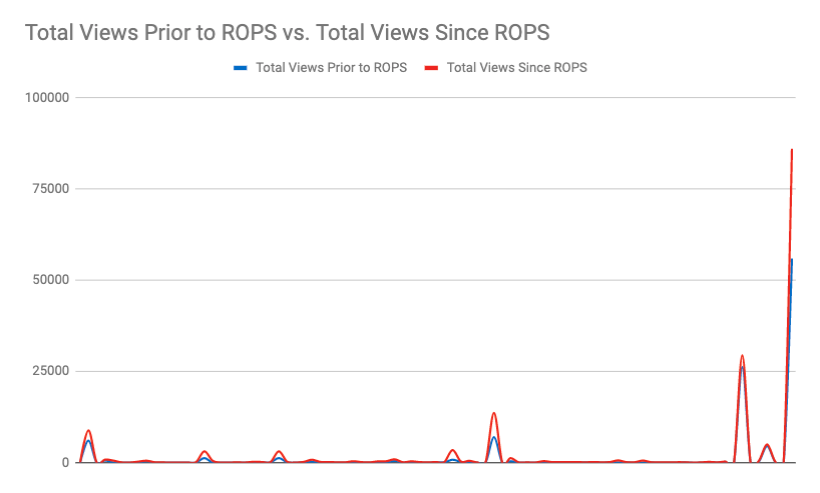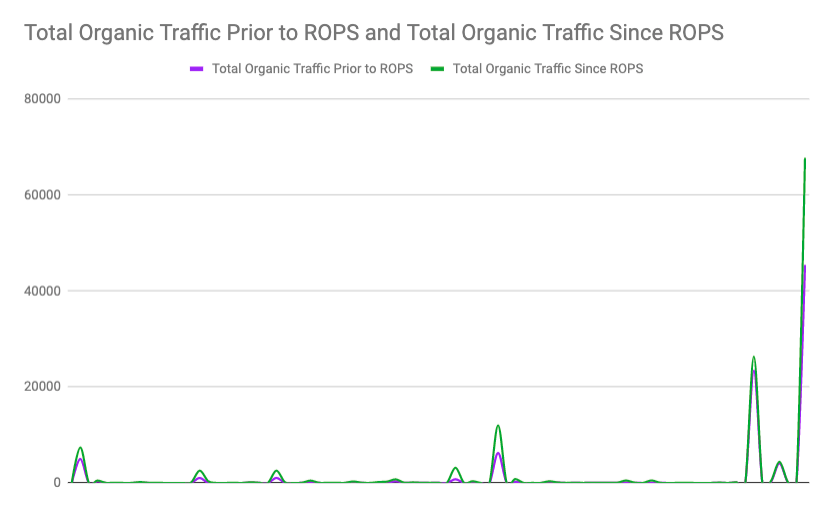
Raspberries from Hopkins, MN
Over a decade ago, my neighbor and dear friend Andy transplanted some of his prized raspberry bushes alongside the fence that runs around the property in my backyard. When I say prized, I mean prized. Special-as-hell. The bushes originated with his Grandpa Pete who lived in Hopkins, Minnesota — home of the world’s largest raspberry monument.
Hopkins is famous for more than the 22-foot metal sculpture of the raspberry erected in 2017; its longstanding Raspberry Festival has paid homage to the squat little fruit since the Great Depression as a way to boost the economy. In the 1880s, early farm settlers proclaimed Hopkins’ rich farmland the ideal growing climate for cultivating the raspberry. At one point in history, the city boasted more than 800 acres of raspberry fields.

Those raspberry bushes in my backyard have a very prized lineage, indeed. I’m grateful and proud of my annual bounty and original gift from my neighbor every season of harvest. It causes me to inhale sharply while pushing images of sadness out of my mind when I’m tasked with pruning and cutting back those historical bushes each season. But, I learned my lesson the hard way the year I thought I could skip that necessary step of botany.
When I failed to prune my Hopkins raspberry bushes from Grandpa Pete for fear of diminishing their luster and fruit-bearing goodness, it took three years for my raspberry crop to recover. Not pruning bushes and ridding them of problem or weak areas means you’re increasing the risk of choking out the healthy parts, ending the raspberry bush’s only intent: producing incredible fruit (from THE raspberry hall of fame, Hopkins, Minnesota).
Your Content Strategy is Overgrown
I’m sharing this story to parallel a common problem in content marketing: your content strategy is overgrown with dead branches, stubby and random shoots, lackluster leaves, bitter fruit, and more weeds than any gardener with the greenest of thumbs can address.
For a long period of time, the answer to content marketing was simply to create. The whole quantity-over-quality theory was a direct response to the world’s seemingly sudden change to a buyer-centric marketplace. As inbound marketing started to impact and affect how buyers conduct research online, brands and marketing agencies went full-throttle into generate mode.

We wrote blogs every single day. We posted content on holidays and Sundays and from the golf course and TSA line.
We lined up every single resource page in the history of ever and filled them to the top with glutinous amounts of downloadable resources for every single website in the universe. The people spoke and the people wanted content. As marketers, we simply rose to the challenge.
The Cannibals of Content
And that onslaught of content worked. Until it didn’t.
Any business or brand that’s been dutifully at content strategy and creation for a few years knows what eventually happens. One, the competitors found out what you were up to and did their own version of content vomit all up and down the already narrow halls of the web world, and two, your own content started to outperform or outshine your, well, own content.
In other words, your content is eating your content, cannibalizing your efforts on Google, and creating a headache for your entire team tasked with its creation. The raspberry bushes you fought so hard to keep alive and well are dwindling, each vine vying for the same soil, sunshine, and hydration of its gardener and land.
What’s the answer to this? Do you abandon your content strategy altogether? Do you drastically reduce the rate of output and creation? (And what would your team do in the interim?) Do you add other marketing and sales initiatives in hopes of producing other fruit-bearing bushes in another part of your business?
No. Prune your damn tree.
Content Audit 101
Audit your content as soon as you can, before you even create another precious, painstaking piece. Determine what you’re working with. Identify which content to keep—the content that’s doing its job for your site, acting as a workhorse for traffic and leads. Other indicators of successful content include:
- Shares
- Backlinks
- Conversions
Naturally, some of the content across your site, blog feed, and resource or library page is going to be outperforming portions of other content. These numbers might be shocking. Nothing hurts a content producer or distributor more than seeing some low, low numbers where engagement, reach, or conversion is concerned. So what do you do when your audit reveals some of those sad numbers? Revolt.
Lifehack: you can resuscitate any form of content that’s not living up to its job. That’s what this post is all about. And you thought it was about raspberries.
Another Marketing Acronym: ROPS
At Leighton Interactive, we took a hard look at our content creation strategy a few years ago and developed a process we call ROPS as a valuable addition to our agency's content strategy.
- By crafting a new headline. Stuck? Lean on Buzzsumo for this!
- In the meta description
- With new keywords relating to a new campaign
- Through a linking strategy to pillar pages and external sources
- For updated stats or research
- Reviewing the buyer's journey for CTA plan
- With new images and alt text
Repurposed Content Proof
Marco has been a client of ours since 2013.
As a mega technology solutions provider, Marco is one of the nation’s top-five premier tech companies with offices in 11 states. The content strategy attached to its brand is what I'll lovingly refer to as a fattie; at one point in time we were generating around 20 pieces of content a month, beefing up the thought leadership, industry experience, and know-how of a half dozen or so of Marco's business segment leaders.
To date, and by my rough estimate, Marco has published around 1,550 blogs. There's nearly one million views across all that content goodness. Our data and analytics team here spends a lot of time and effort tracking performance across several dashboards to ensure campaign strategies are working for clients. About 18 months ago, that data team noticed a dip in blog performance and made the assumption after lengthy research that Marco's own content was competing against itself.
Competing Against ... COmpeting Content
As we prepared for 2018 by creating Marco's next campaign, we knew we needed to try something different in the name of blog publishing. Instead of defaulting to a traditional inbound-style editorial calendar, we conducted an audit of Marco's existing content and benchmarked current stats, methodically selecting which titles we could ROPS/MOPS to align with 2018 campaign efforts. We captured that strategy within a content calendar and front-loaded efforts, publishing 21 ROPS or MOPS blogs in January alone, then sprinkling five or six repurposed pieces throughout each month of the year, save for July which we hit with another 20 revamped blogs. In total, our team reworked 85 Marco blogs in 2018.
But ... how did it pan out? Numbers don't lie, my marketing friends. Behold:
The 85 blogs had a cumulative view of 55,965 before 2018 which increased to 86,029 by year-end and the organic traffic increased from 45,462 to 67,822 by the end of 2018. By percentage, those numbers look even more marvelous:
Pageview Increase: 54%
Organic Traffic Increase: 49%
For you visual humans, here's what that looks like in a graph:


Look at those beautiful spikes! As an agency fueled by proof and accountability, seeing our efforts fortified by die-hard data like this is celebratory. It's also helpful to have the partnership we do with Marco—a company that supports risk in the name of innovation on behalf of their brand.
As content producers, people like me need to lean into the unknown every once in awhile and trust that less can be more when it comes to content generation. It's also about trusting the overall strategy associated with the creation, distribution, auditing, and re-optimizing of content and knowing that some seasons are just going to be low or no-fruit bearing times. And in times of bumper crops, there will be madness and mayhem associated with growth and generation. There's a season for everything in content marketing.
Stay the course, ever-obedient botanists, stay the course.
